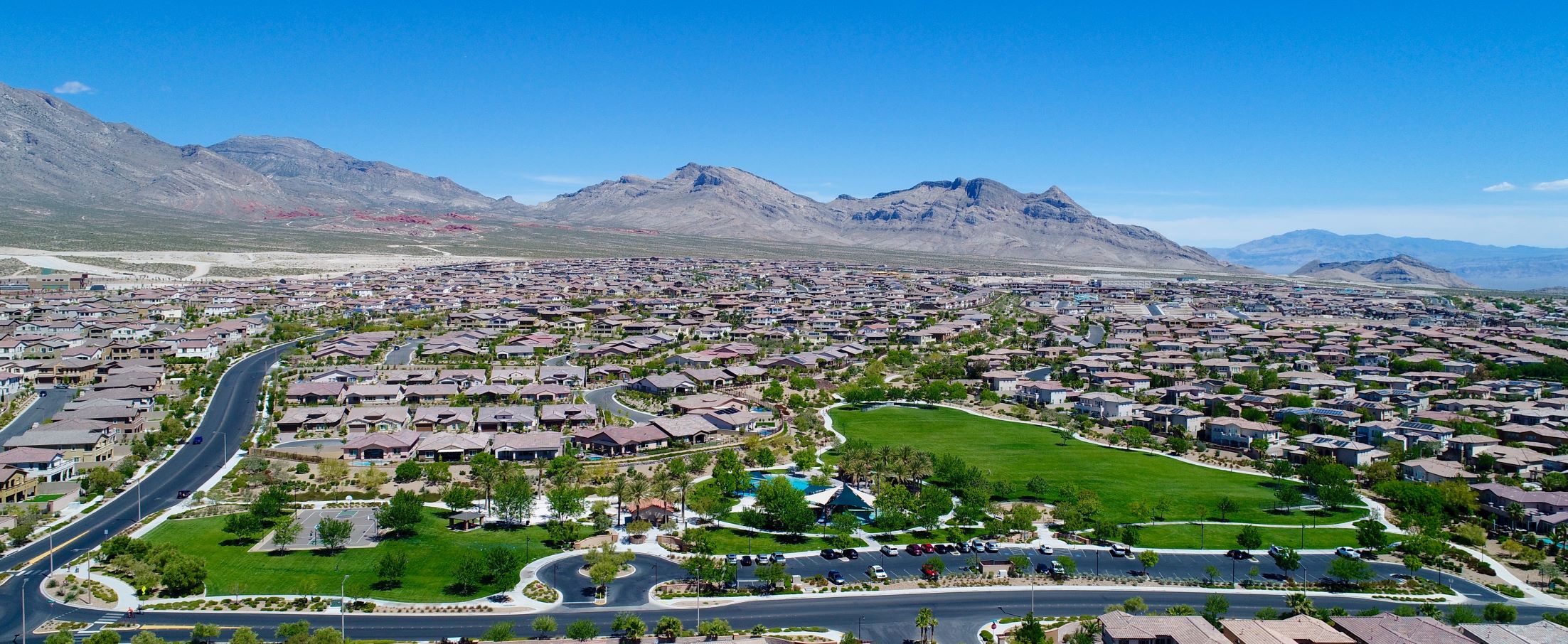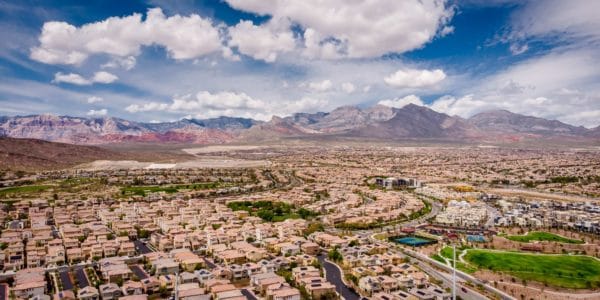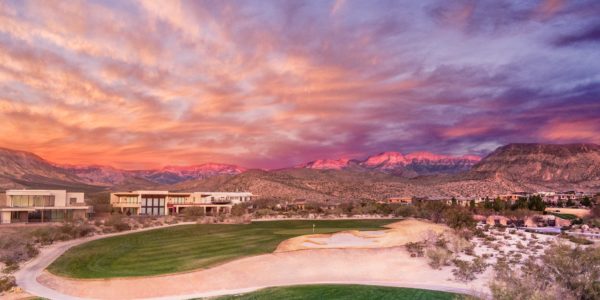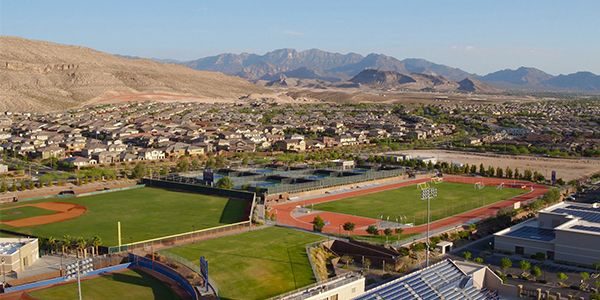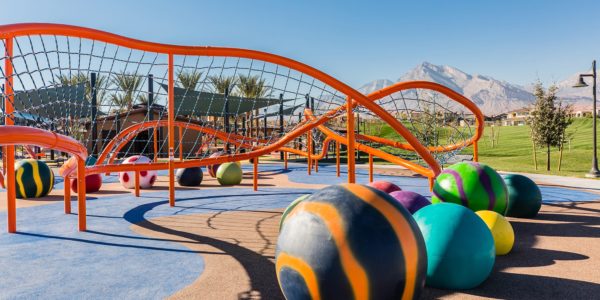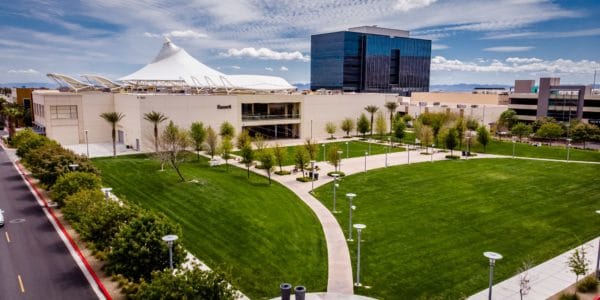It’s a fact. The temperature in the master-planned community of Summerlin® is cooler than most other parts of the Las Vegas valley. That, according to Todd Lericos, meteorologist in charge for the National Weather Service Forecast Office in Las Vegas.
On average, the temperature drops 3.57 degrees for every 1,000-foot increase in elevation. Because the elevation of Summerlin is about 3,500 feet above sea level – with areas of the community topping out at more than 4,400 feet – the community enjoys cooler temperatures year-round as compared to than other parts of the valley, particularly the valley’s east side, where the elevation averages between 1,500 and 2,000 feet above sea level.
That means there can be a difference of more than seven to ten degrees from one side of the valley to the other. And by contrast, the elevation of McCarran International Airport is about 2,500 feet, making Summerlin cooler than the center of the valley by up to as much as five to seven degrees.
“You can actually see the rise in elevation when you’re on the Summerlin Parkway looking east,” said Lericos. “While Summerlin’s higher elevation is visible, its temperature difference is palpable as a seven-degree swing can make a big difference, particularly during the summer months.”
Summerlin sits along the elevated western rim of the valley at the base of Red Rock Canyon National Conservation Area. In comparison, the Las Vegas Strip is approximately 2,000 feet above sea level and Henderson is generally between 1,500 and 2,000 feet above sea level. Even Henderson’s higher elevations in the McDonald Highland and Anthem neighborhoods average 2,400 and 2,800 feet above sea level, respectively. That means it’s cooler in Summerlin year-round, a benefit not lost on Summerlin residents who appreciate the community’s cooler summer temperatures – both day and night.
“In general, people who live in Summerlin will feel a distinct difference in the temperature compared to other parts of the valley,” said Julie Cleaver, senior vice president of planning and design for Summerlin.
“Cooler temperatures also support a wider variety of naturally-occurring vegetation which is visible in the beautiful desert areas near Red Rock Canyon National Conservation Area,” she said. “We have a built-in advantage. Not only do we enjoy cooler temperatures, the higher elevation delivers amazing views from scores of vantage points throughout the community. Yet another benefit of living above it all.”
Summerlin currently offers nearly 180 floorplans in 40 neighborhoods in nine distinct villages. Homes are available in a variety of styles – from single-family homes to townhomes, priced from the $230,000s to more than $1 million.
